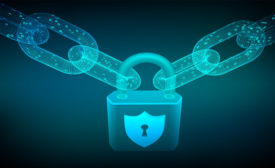Cybersecurity News
Taking a DIY approach to cybersecurity is a dangerous proposition
Working with an MDR provider gives you the talent, tools and full coverage you need
April 8, 2021
Sign-up to receive top management & result-driven techniques in the industry.
Join over 20,000+ industry leaders who receive our premium content.
SIGN UP TODAY!Copyright ©2024. All Rights Reserved BNP Media.
Design, CMS, Hosting & Web Development :: ePublishing









